silve225
TPF Noob!
- Joined
- Aug 17, 2012
- Messages
- 107
- Reaction score
- 2
- Location
- long island new york
- Can others edit my Photos
- Photos OK to edit
Hi everyone when I try to photograph a car with the sun setting in the background the sky is always over exposed. But if I change the aperture or shutter speed then it just gets to dark. Any recommendations you have to help. Also the lenses I have are 18-55m, 50mm, 10-24mm, 55-300mm and im shooting with a Nikon d5100


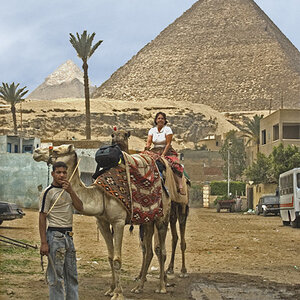
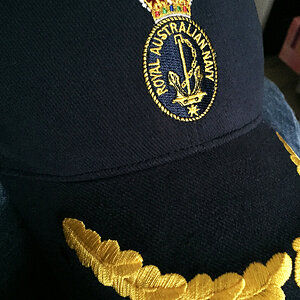
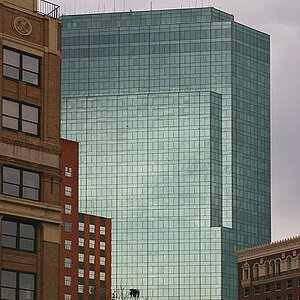


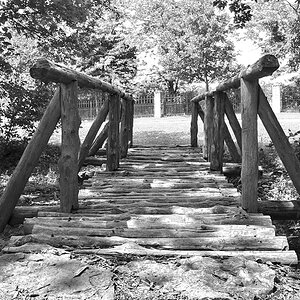
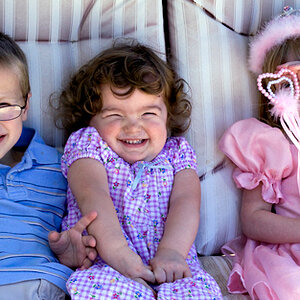
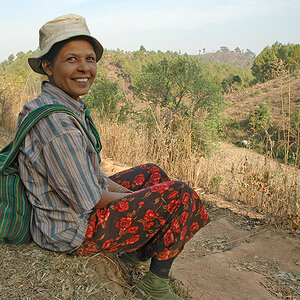
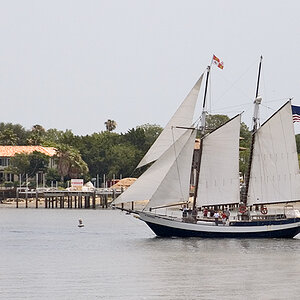
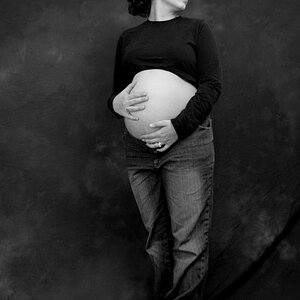
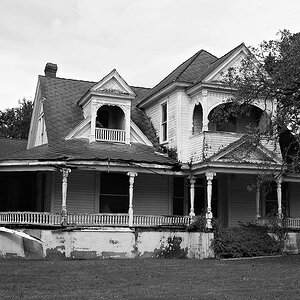
![[No title]](/data/xfmg/thumbnail/34/34073-71bff52a53b8313ff2bcccab6b05f9b8.jpg?1619736266)